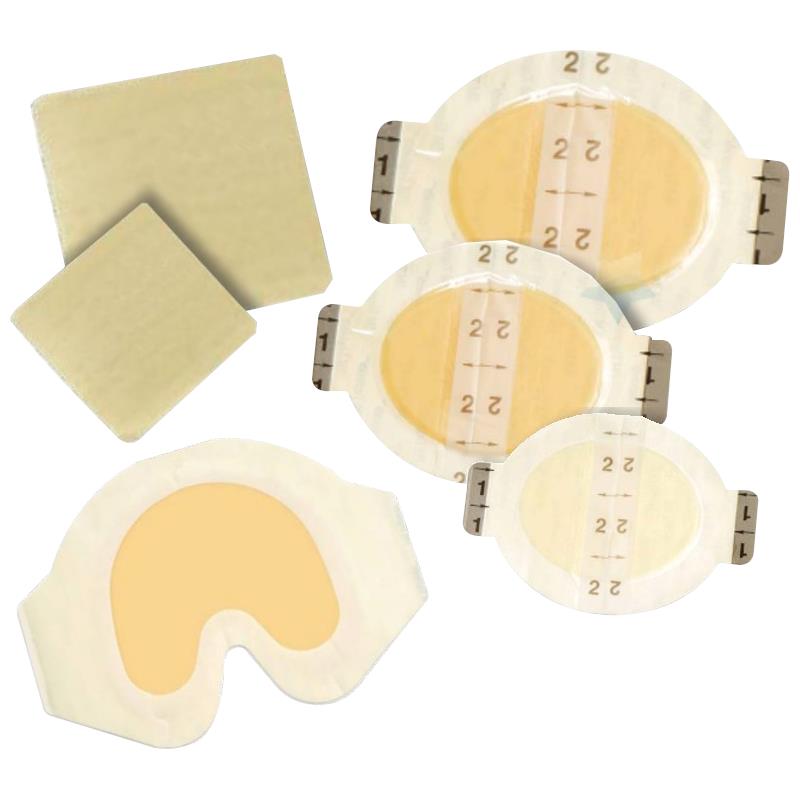3D printed prosthesis are increasingly common in medicine, with several non-profit and startup companies, such as E-Nable and Victoria Hand, started in support of the technology. Often much of the outreach from these projects takes place in countries with inaccessible healthcare.
While there is no denying the need for low-cost prosthesis in such countries, one research team, from Grand Canyon University (GCU), Arizona, has asked “why are so many people in need of an artificial limb in the first place?”
In response, the team, led by 3D printing biotechnology technician and honors student Gabriela Calhoun, are developing 3D printed bandages as a means of preventing infection.
The leading cause of amputation
Calhoun’s team are working with a clinic in Rwanda. As explained by Ben Encinas, the team’s faculty mentor and supervisor of GCU’s College of Science, Engineering and Technology (CSET), the main cause of amputation is infection, “a small cut would lead to an infection in the arm or leg or toes, and then they would end up having to cut it off because of an infection.” If left untreated, these infections can even lead to patient deaths.
The GCU team’s solution, then, is to develop a 3D printable hydrocolloid dressing – a biodegradeable bandage that forms a protective gel around a wound.

3D printed bandages powered by cellulose
“The positive impacts of a hydrocolloidal bandage vs. just a regular adhesive bandage,” explains Calhoun, “is it’s 95 percent effective in wound infection prevention, whereas the regular bandage doesn’t have any preventions for wound infections.”
3D printing in this case is used as an investigative approach, that would allow a bandage to be tailor-made for a specific injury, e.g. 3D printing longer strips of gel for larger wounds.
The gel on the bandage is cellulose based, giving it a protective, plant-like viscosity. For active ingredients, the team has raided typical organic medications found in local pharmacies.
“We’ve kind of systematically tested and done research on all types of things you can find on homeopathic aisles and then applied the scientific rigor to it,” explains Encinas.
The team has also added essential oils to promote cell regeneration. Calhoun adds, “…we include Vitamin E and certain supplements that help. Our main focus is to promote the healing time without degradation of scarring,”
“A lot of products just focus on getting rid of the wound, but ours is focusing on the whole healing process.”
FDA approval and further work
So far, the team has achieved positive results for treating two main types of wound with their hydrocolloid bandages. However they are still far from FDA clearance for the dressings. As an interim step, the team are also developing their own line of practical and lightweight prosthetic arms with motor functions.

“We’re trying to create metrics surrounding comfort levels,” explains Encinas, “With these prosthetics, what we’re looking for is something we can attach to anything, really,”
“The big part of the design is how we attach it to whatever components the patient has, and then another part is to add sensors to this.”
Stay informed with the latest 3D printing medical advances, subscribe to the 3D Printing Industry newsletter, follow us on Twitter and like us on Facebook.
Nominate standout medical research in the 2018 3D Printing Industry Awards now.
Featured image shows GCU researcher Denise Delos Santos checking “the connections of a 3D printed prosthetic hand, a project of the Research and Design Program’s 3D printing biotechnology group.” Photo and captin by Lana Sweeten-Shults/Grand Canyon University



